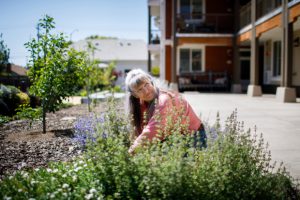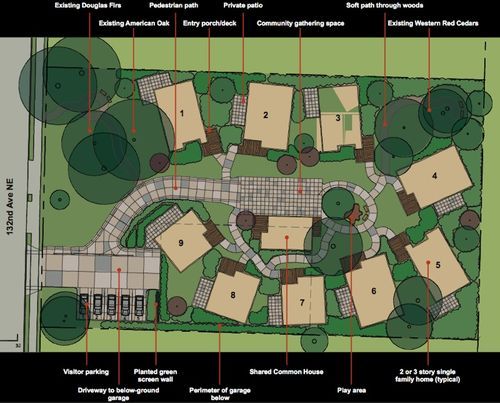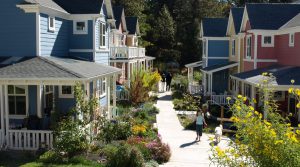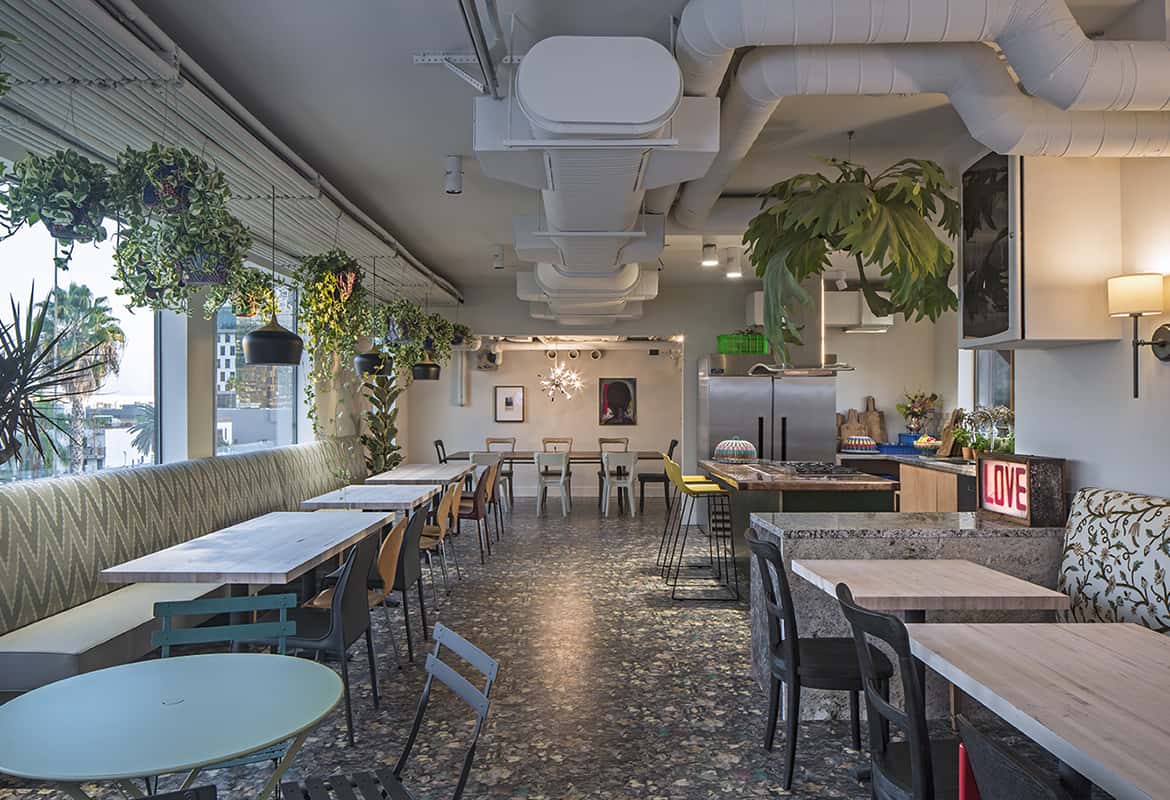


In light of the recent and ongoing pandemic, I place fingers to keyboard today to analyze and discuss changes that need to be made when housing and caring for the elderly. Discussing, the possibility that an elder cohousing model can provide a safe and healthy environment for our older generations, to live their fullest life, as time marches on.

We are an aging population! With advancements in healthcare, diet, exercise and improved living conditions for most. Individuals are living longer, fuller, lives.
Currently, the average life expectancy in the U.S stands at 78.93 years and 16% of people in the U.S are 65 and over. That is roughly 52.5 million people. WOW! Now that is a lot of people.
Now compare that to the death rates of COVID 19. As it stands today, 80%, yes 80% of all COVID and 83% of all influenza deaths are in people ages 65 and up. Now that is Scary? Yes, it is! How can this be reduced?
More statistics and numbers can be found on these two informative sites.
https://www.macrotrends.net/countries/USA/united-states/life-expectancy
https://www.census.gov/quickfacts/fact/table/US#
Why does it hit these age groups the hardest? Firstly, it is because as we age our immune system weakens and underlying factors start to appear. Such as heart disease, decreased lung function, type 2 diabetes, dementia and so forth. Therefore, our bodies find it harder and harder to fight off viruses as they attack?
Let us look at how the “modern” long-term care facility (LTCF) is set up. We have common areas, communal places to meet, eat, relax. Therefore, the transmission of “common’ pathogens is extremely high. This basically means, our current elder care set up is a hot bed for virus transmission.
“Today there are 48 million seniors in the U.S., and while only about 3% of them reside in assisted living facilities, this equates to more than 1.4 million “at-risk” people living in communal environments in which disease can spread quickly.” TIME Magazine
Now let’s recognize the fact, that as we age, increased ailments start surface. Therefore, we will not see just one doctor, but maybe multiple doctors. Which in turn means multiple “common” waiting rooms with a wealth of other people and an increased risk of virus transmission.
One thing, that the pandemic has starkly highlighted, is how families have been split apart. With social distancing, lock downs and stay at home orders, families have been severely segregated, at a time when they desperately need to be together. Resulting in loneliness, depression and can severely impact an individual’s wellbeing, contributing to mental and physical decline.
So, taking all of this into consideration, how can we improve on the current situation? We can either, try to amend the current system, or we can invent something new? A new way of elderly living, using thoughtful design and community planning?

One such solution is the Elder Cohousing model. Where eco responsible, sustainable and self-sufficient communities are built. Everyone has a role to play, numbers are limited, therefore, one can reduce the introduction and cross infection of pathogens.
“If a member of an elder cohousing project needs care at some point in their journey, they continue to live at the site for as long as possible amongst family and friends. Members are expected to help provide for one another; some will hire in-home care or employ caregivers for those who are in need.
If a member needs to live in a long-term care community, members of the elder cooperative will continue to remain a part of the member’s life. This allows members to age in place for as long as possible, decreasing the financial, psychosocial, and health burden of the individual.” Taken from a great website on the matter The Senior List
This enables a community to care, shop, provide for an elder individual and maintain vital interaction. Thus decreasing isolation, illness and loneliness for the said person.

The Elder cohousing model was initiated in Denmark and migrated to the USA in 1988. Where responsibilities such as cooking, cleaning, household chores etc. are shared. This can help drive down costs and encapsulates a person’s strengths as a positive to the group.
The majority of cohousing communities are 15 to 35 private and individual homes built around a common area that encourages interaction. These “intentional neighborhoods” invite residents to be “neighborly” and stay socially active. Residents regularly and collaboratively plan community activities, meals, and shared spaces. – Kathy Gottberg, Huffington Post, 3/25/16
One such example in Florida, is in Tallahassee, established in 1993 – https://sites.google.com/view/daystarcommunity/home
A great resource guide I have found is at http://www.cohousing.org/ . If you want to find, join or create your own co-housing initiative, this is a good place to start your journey.
Communal Dining – Treehouse Cohouse, Hollywood, CA

Another example is a project study by Hlevel on cohousing for the developmentally disabled in Naples/Fort Myers, FL.
Another option is to “age in place.” with friends. The premise is to buy a property in an over 55 community. One, such example are the The Villages in FL, dubbed “Florida’s friendliest retirement village”! Where one can live, eat, play, be active, shop and receive healthcare all in one space. It is also a prime example of New Urbanism which is designing, sustainable, environmentally friendly and walkable cities.
Or one can build their forever home, a home that will grow with the individual and be serviceable to them as they progress in years. To craft a sustainable residence, one can live in now, while planning for the years ahead. For example, one level living, Bedrooms on the ground floor, energy efficient, wide corridors, handles in the shower/bath, the list is endless and is a deeply personal decision. Which is definitely one we could help you with at Hlevel Architecture.
Whatever happens in light of COVID 19, something within the LTCF model has to change, whether it be following CDC guidelines of reduced communal space time, limiting visitors (this could generate isolation and depression) and larger corridors (more expense and impractical for current facilities). The Cohousing / age in place proposition, could be the ideal solution both financially, mentally and physically for an aging population. Building healthy, aging communities, working together to provide a sustainable, safe space to live, work and play in.
I for one would be interested – but I am not quite that old. Well not YET.
If you would like to discuss this type of living or like to find out more information on the type of housing that can be used and/or creating a green building plan. Then, please contact the team at Hlevel as we would be very happy to guide you in your decision making.
https://www.cdc.gov/coronavirus/2019-ncov/hcp/long-term-care-strategies.html